Thoroughly modern man: Demisch Danant reminds us of Pierre Paulin’s lasting legacy
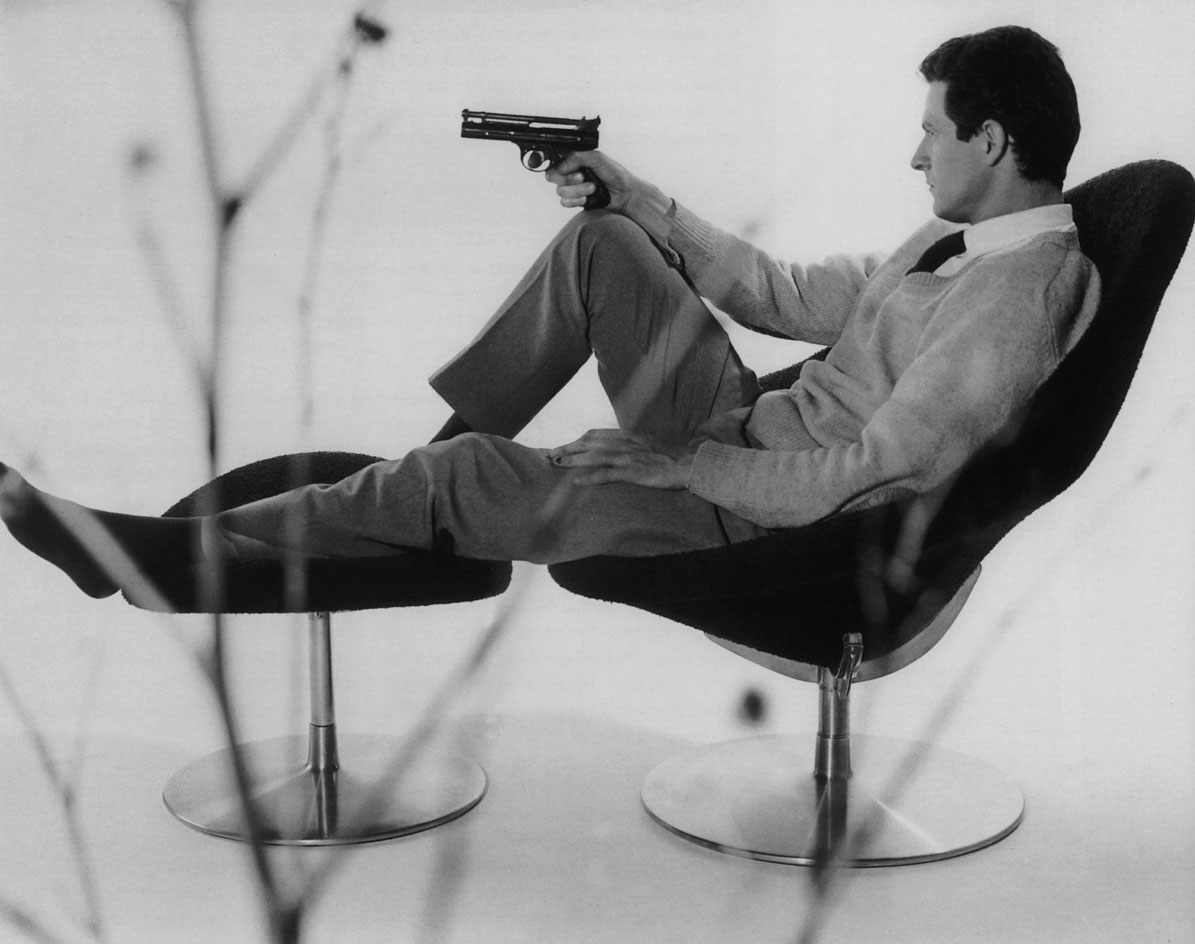
It's shaping up to be quite the year for the legendary designer Pierre Paulin. From Louis Vuitton's realisation of the 18-piece modular furniture collection that Paulin designed for Herman Miller in the 1970s but never produced, to a monumental retrospective at the Centre Pompidou in Paris slated for this October, it's clear Paulin's creative legacy is as poignant as ever, despite it being five years since his death.
This week, the New York gallery Demisch Danant offers a tantalising precursor to the Centre Pompidou show with 'L'Homme Moderne', which features Paulin's breakthrough works from the 1960s to the early 1980s. With over twenty rare furniture and lighting pieces on display, the show promises to bring a fresh slant to the design icon that so many know so well.
To set the perfect scene, Demisch Danant has transformed its Chelsea space with a stretched jersey structure, reminiscent of the Muebles et Fonction Paris showroom that Paulin designed in 1970, to present the pieces under. The construction is a testament to Paulin's pioneering interest in incorporating fabric into architecture and industrial design.
'I think the essence of my father's work was the absolute need for modernity. His designs make sense,' says Benjamin Paulin, who manages Paulin's estate together with his mother Maia. 'Some of them still represent the future since the '60s. Between what seems to be a total liberty with shapes, you have to imagine a very strong desire of functionalism, with a drop of poetry. His uncompromising approach was mixed with a very rare sensitivity. I think that was the key to his success.'
'L'Homme Moderne' not only presents different models of Paulin's signature 'Mushroom' series for Artifort (1960) alongside the 'Ribbon' chair (1965) and the curvilinear 'Dos à Dos' (1968), but also rare examples from his 'Élysée' series, such as the smoked Plexiglass bookcase that was designed for the smoking room; of George Pompidou's private Presidential Apartment in the Palais de l'Élysée. (Paulin was commissioned to design the whole residence in 1970.) There are also pieces from a 1983 commission to furnish President Francois Mitterrand's offices on display, which demonstrate Paulin's return to more classical furniture design later in his career.
'L'Homme Moderne' serves as an ideal appetiser to the Centre Pompidou retrospective, which is set to reveal a large proportion of the Paulin archive for the first time. 'This exhibition focuses on almost every decade of my father's designs. It is a very complete collection,' explains Benjamin Paulin, who singles out the tables, chairs and stools of the 1973 Alpha series as his personal favourites. 'I hope [visitors] will be surprised to discover that he was not just active during the '60s and '70s.'
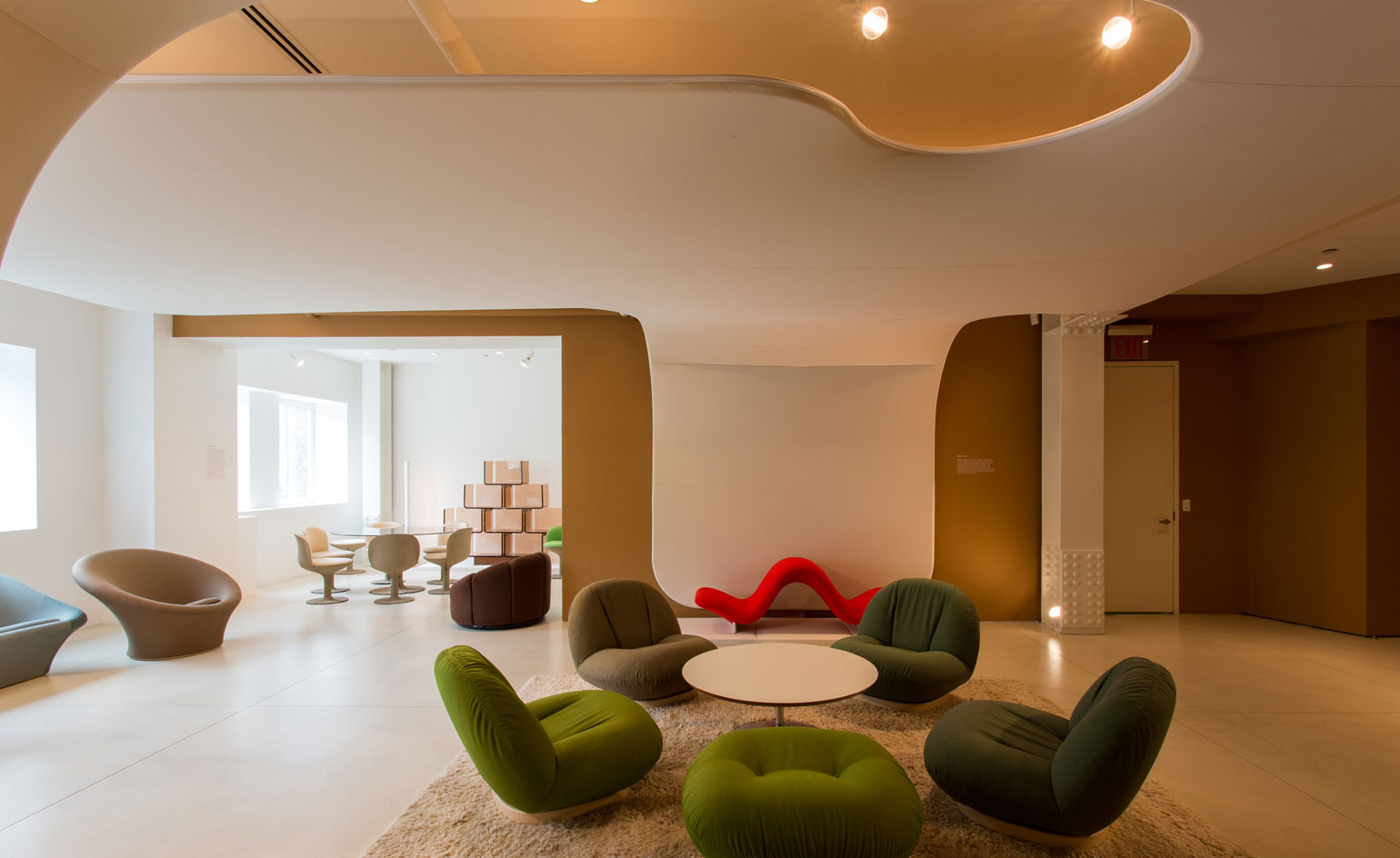
To set the perfect scene, Demisch Danant has transformed its Chelsea space with a stretched jersey structure, reminiscent of the Muebles et Fonction Paris showroom that Paulin designed in 1970.
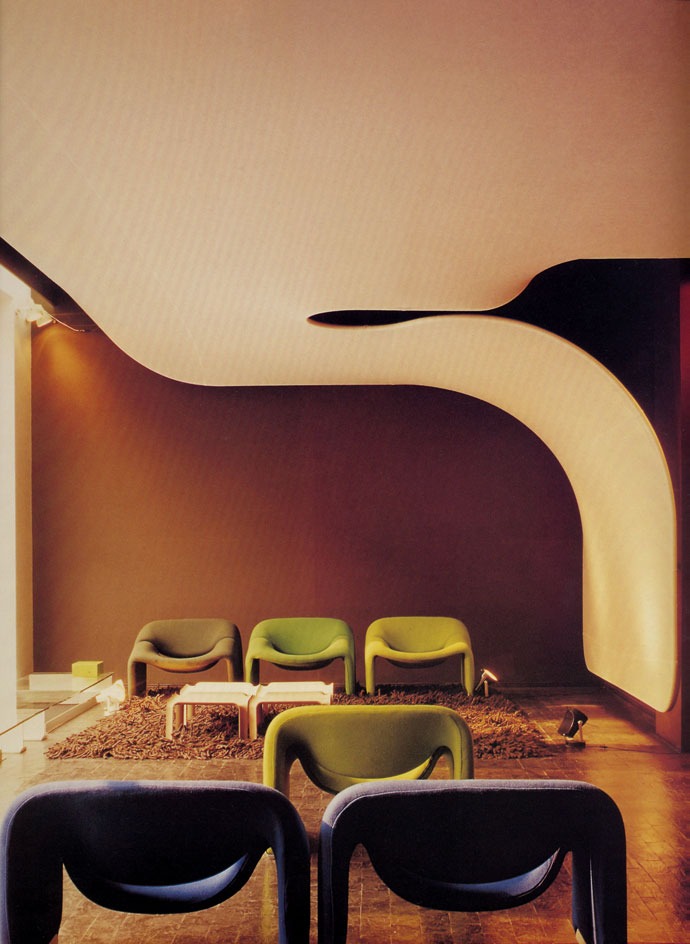
Paulin's Meubles et Fonction showroom of 1970.
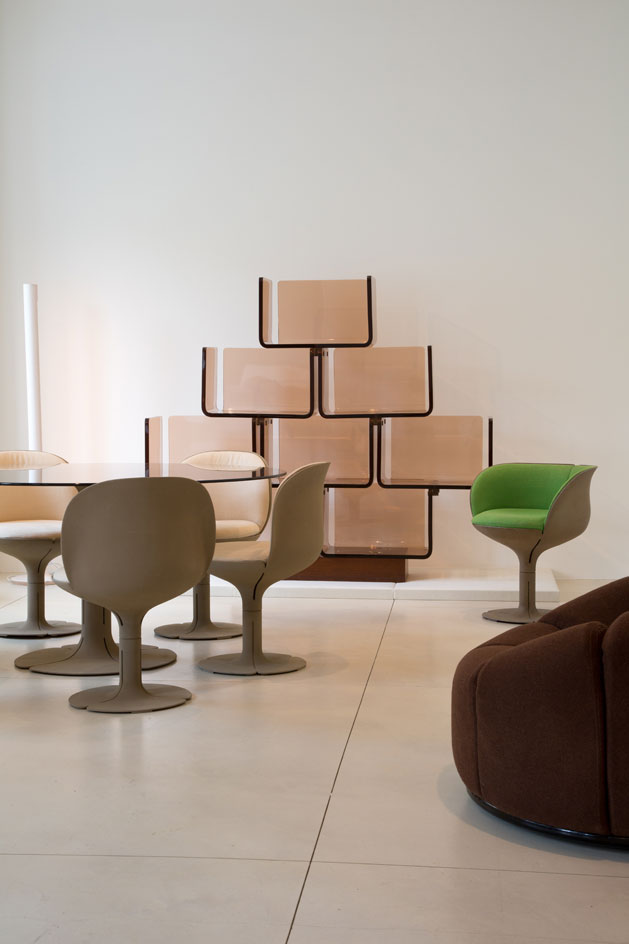
Rare examples of Paulin's work are on show, including pieces from his 'Elysée' collection, which was designed for George Pompidou's private Presidential Apartment in the Palais de l'Élysée.
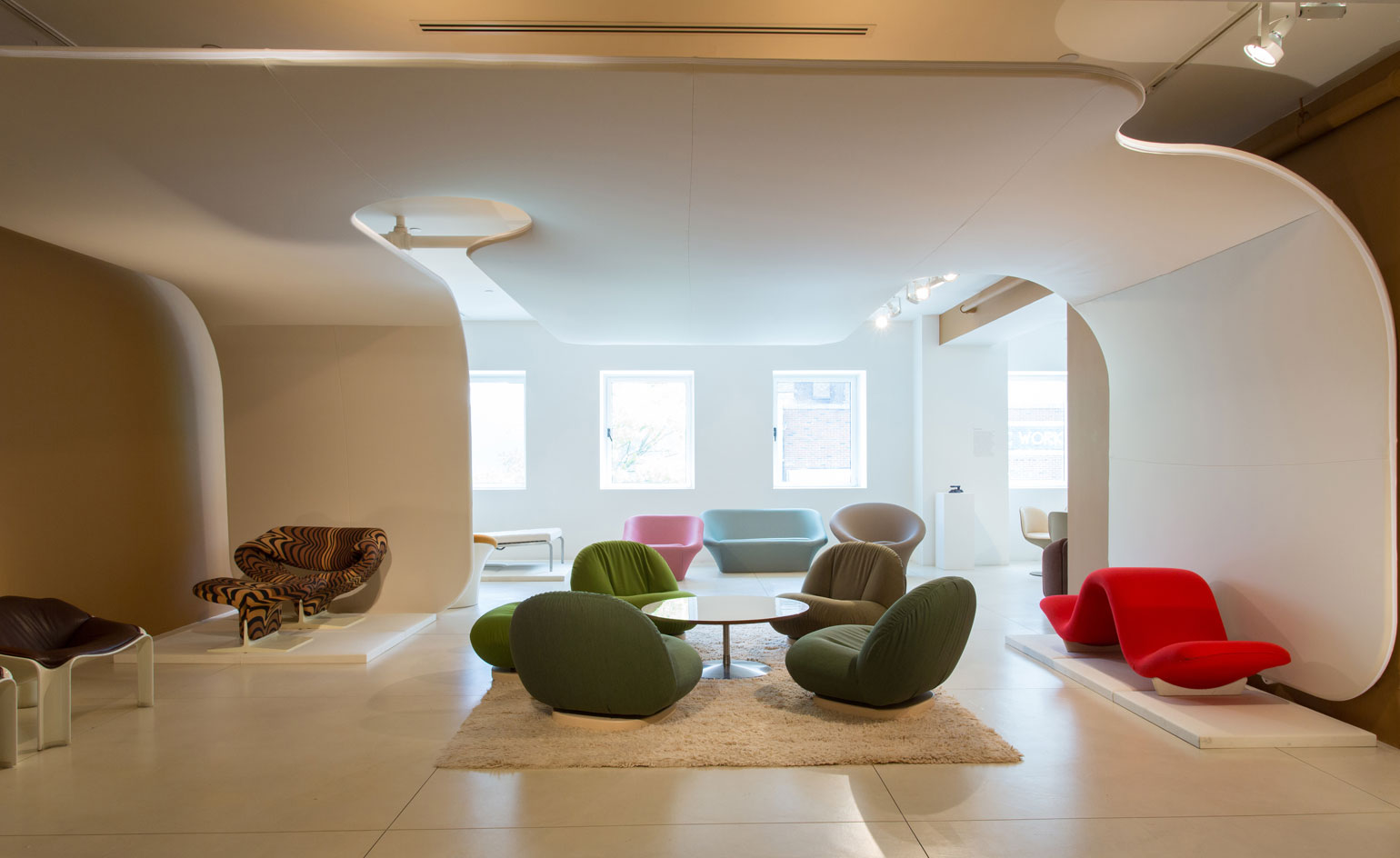
'I think the essence of my father's work was the absolute need for modernity. His designs make sense,' says Paulin's son, Benjamin.
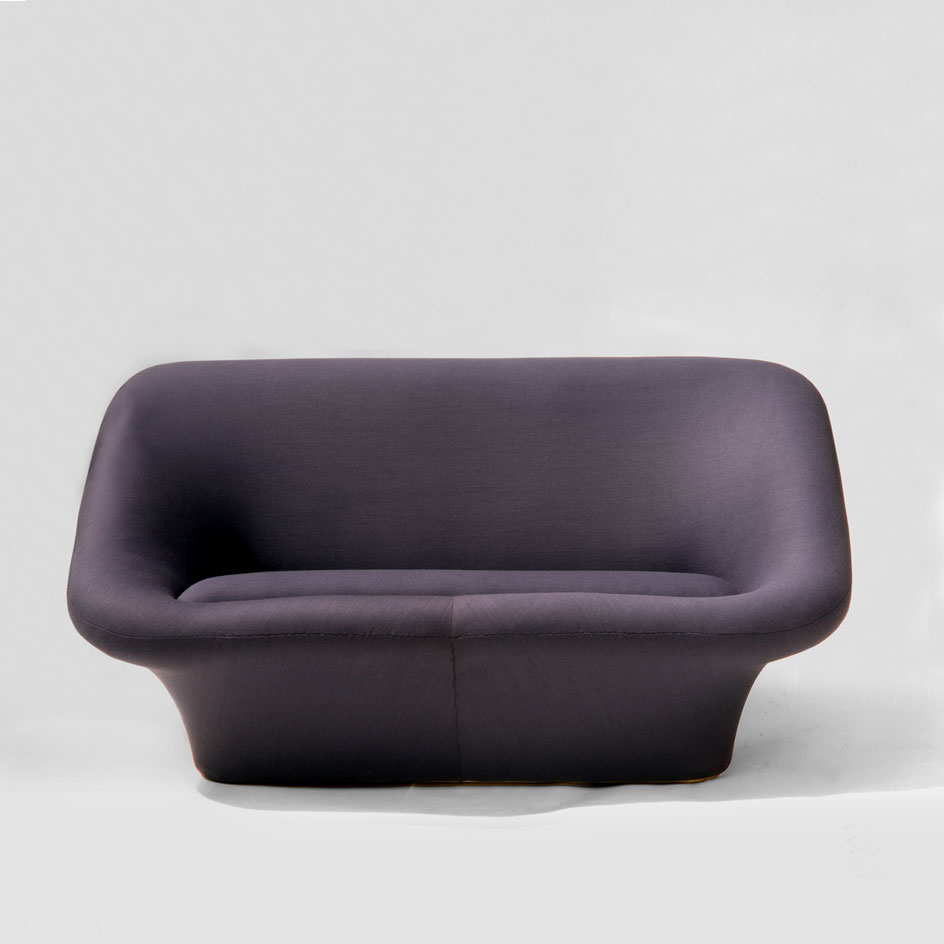
'Mushroom' sofa by Pierre Paulin, c.1960s.
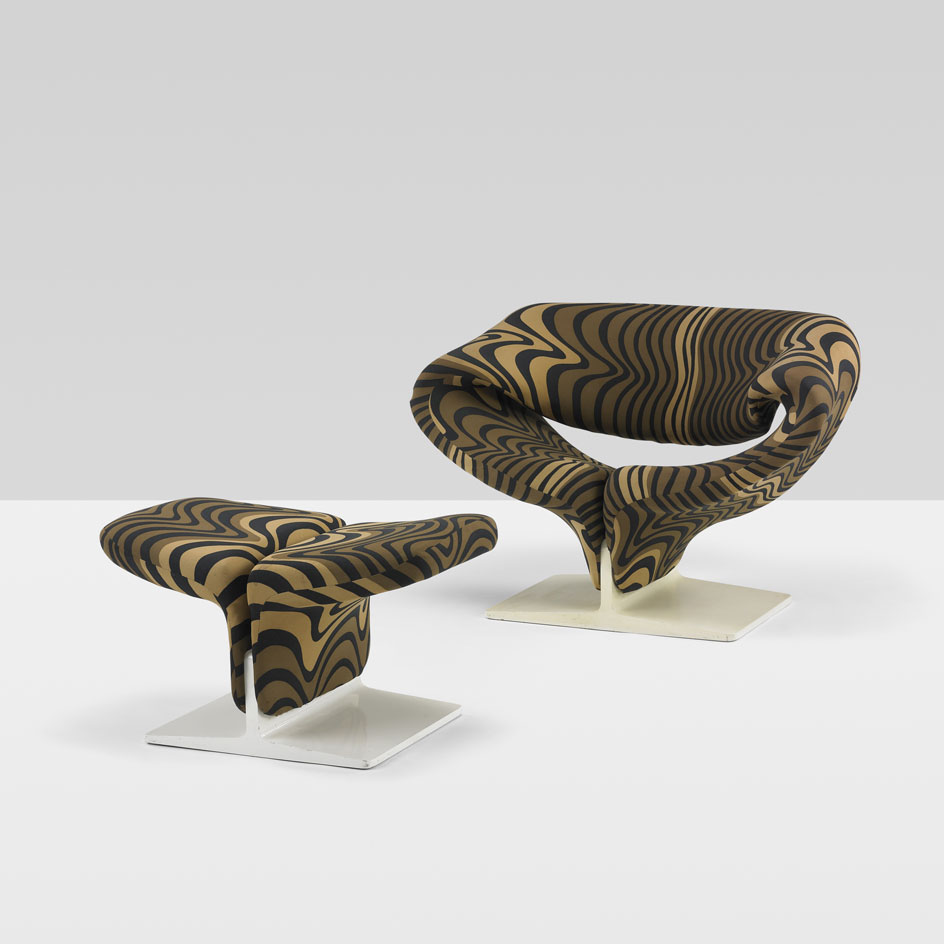
'Ribbon' chair and ottoman, which was manufactured by Edition Artifort in 1965.
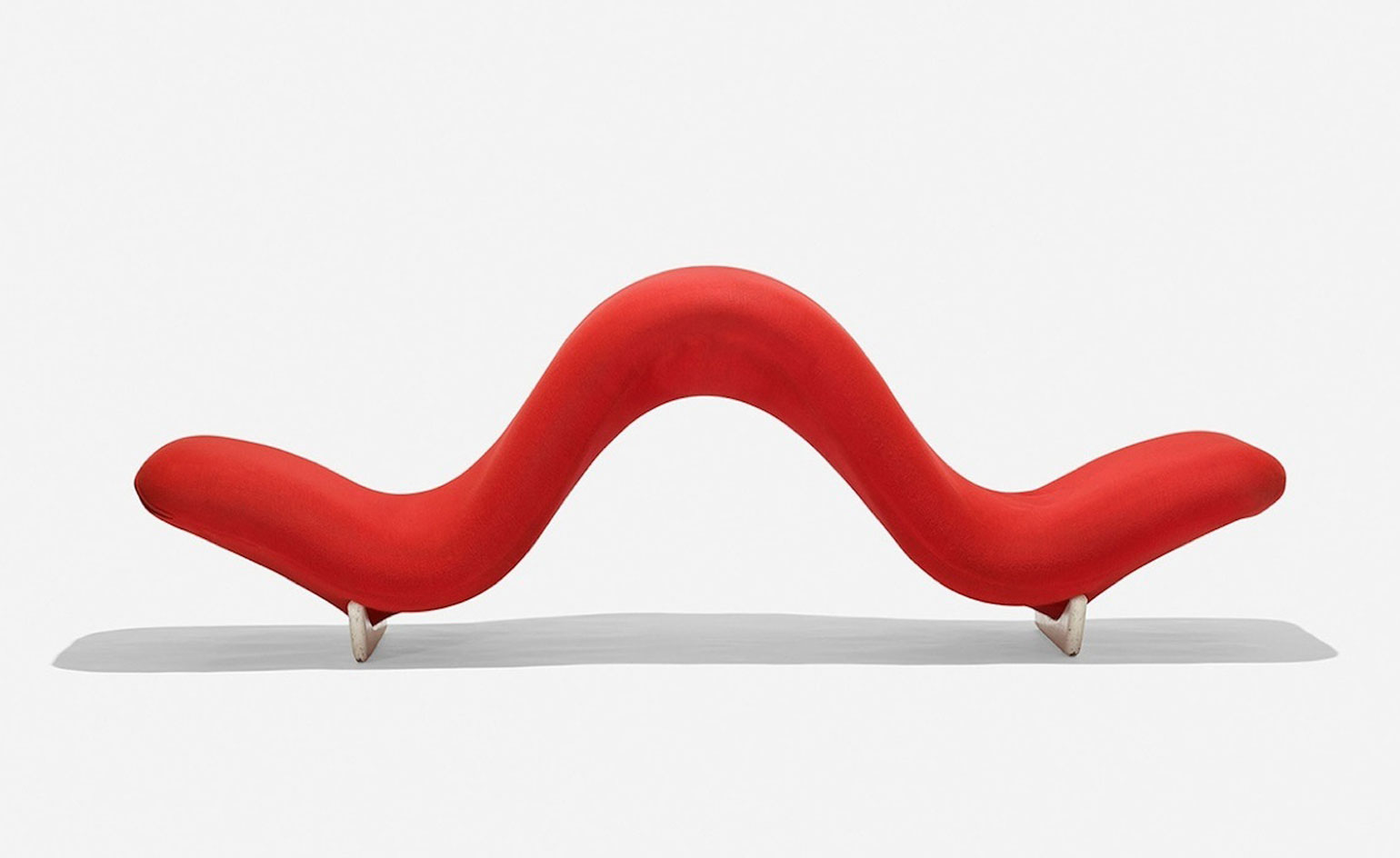
A limited edition version Paulin's curvilinear 'Dos à Dos' chaise from 1968.
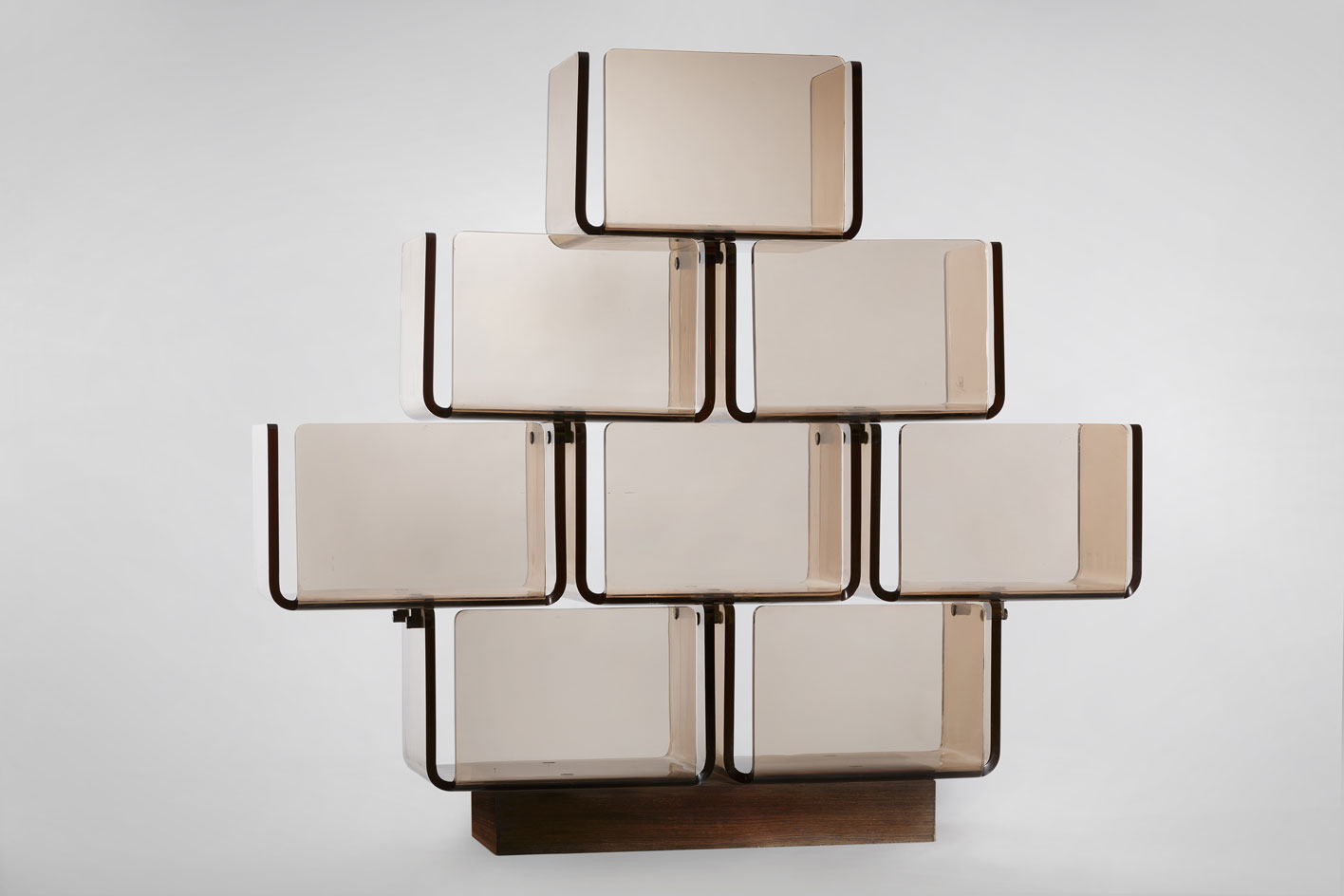
The 'Elysée' smoked Plexiglass bookcase, 1971.
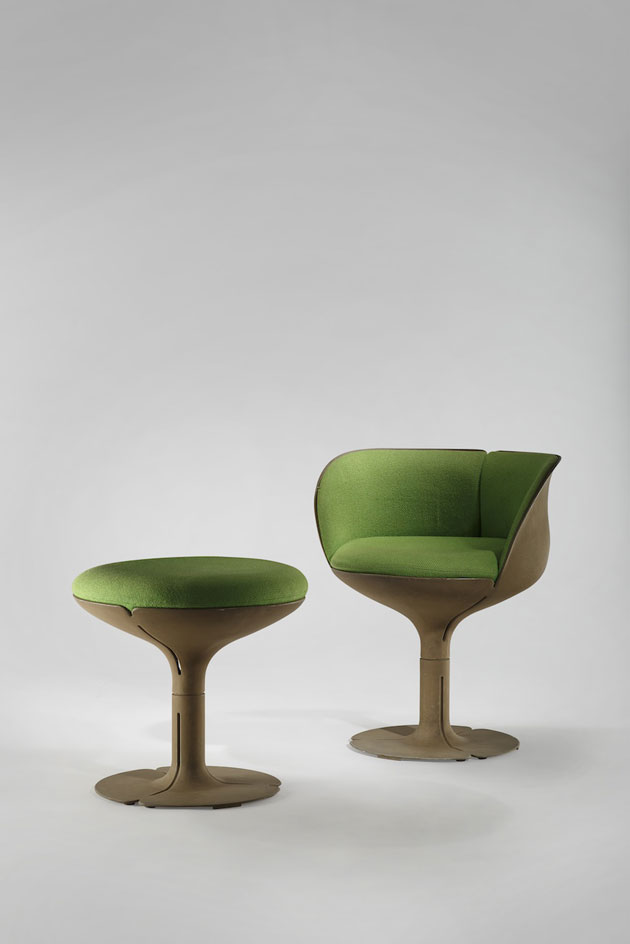
An 'Elysée' chair and footstool.
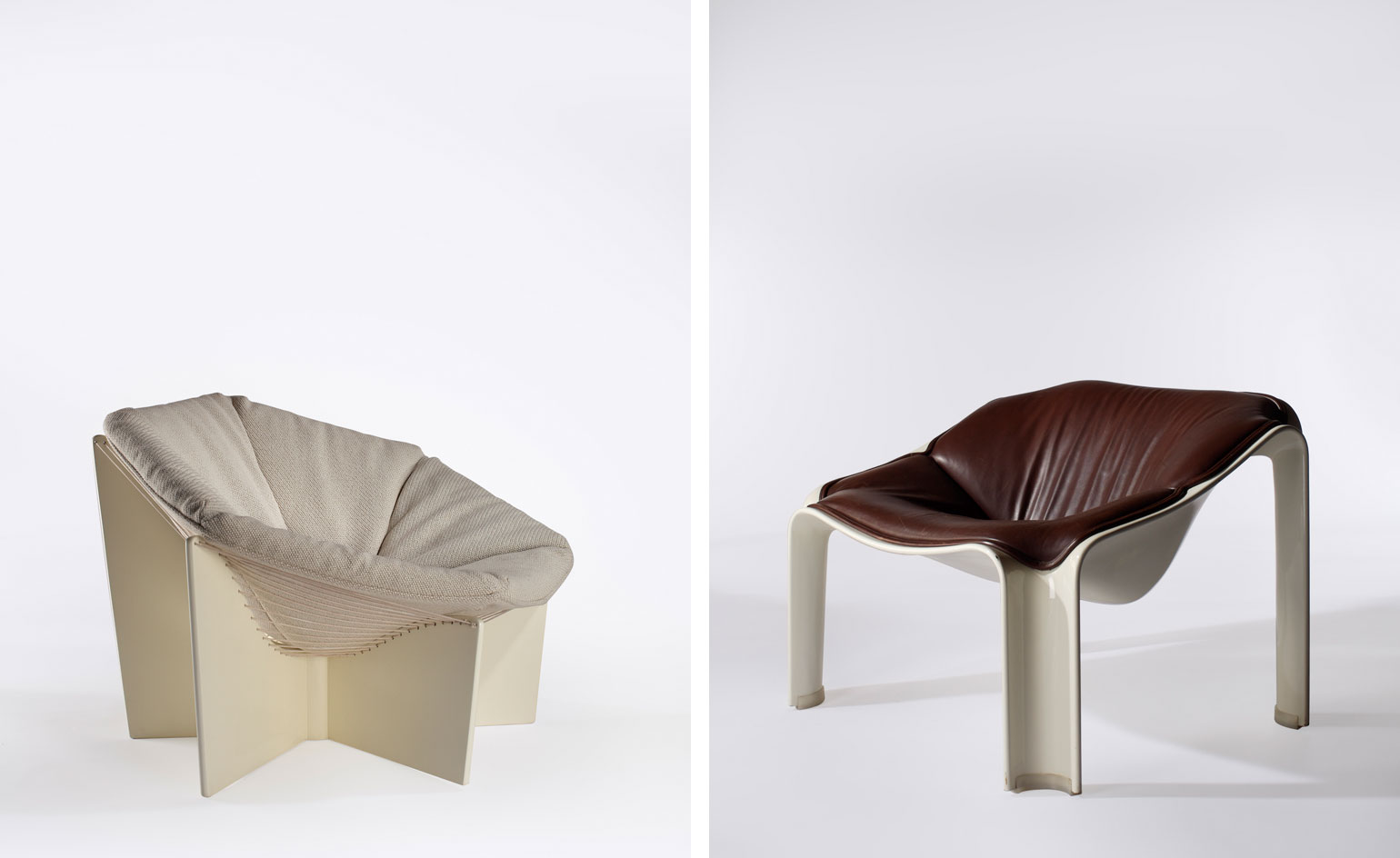
The 'Spider' chair, 1965 (left) and 'F301' chair, designed in 1964.
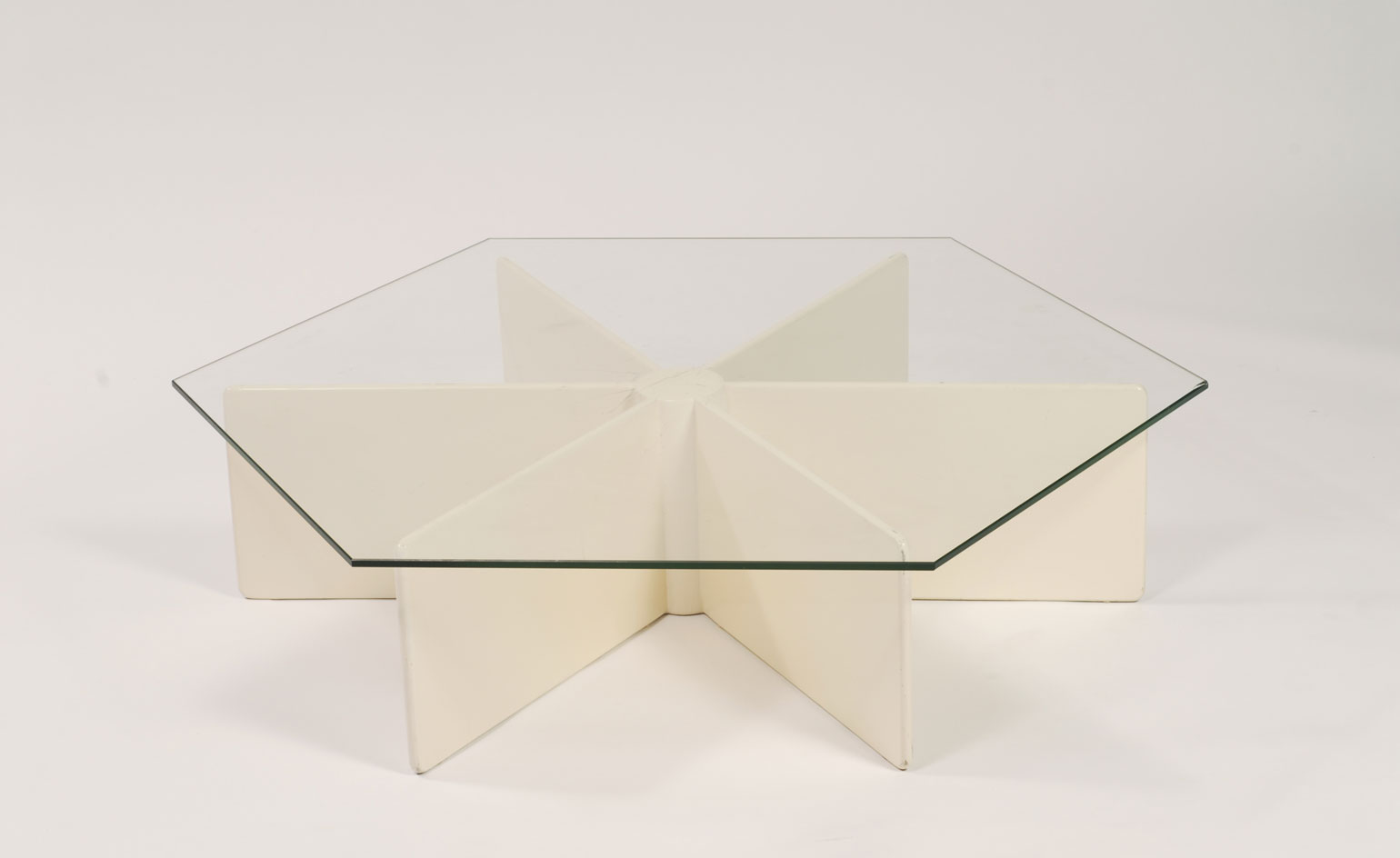
The 'T878 Spider' table of 1967.
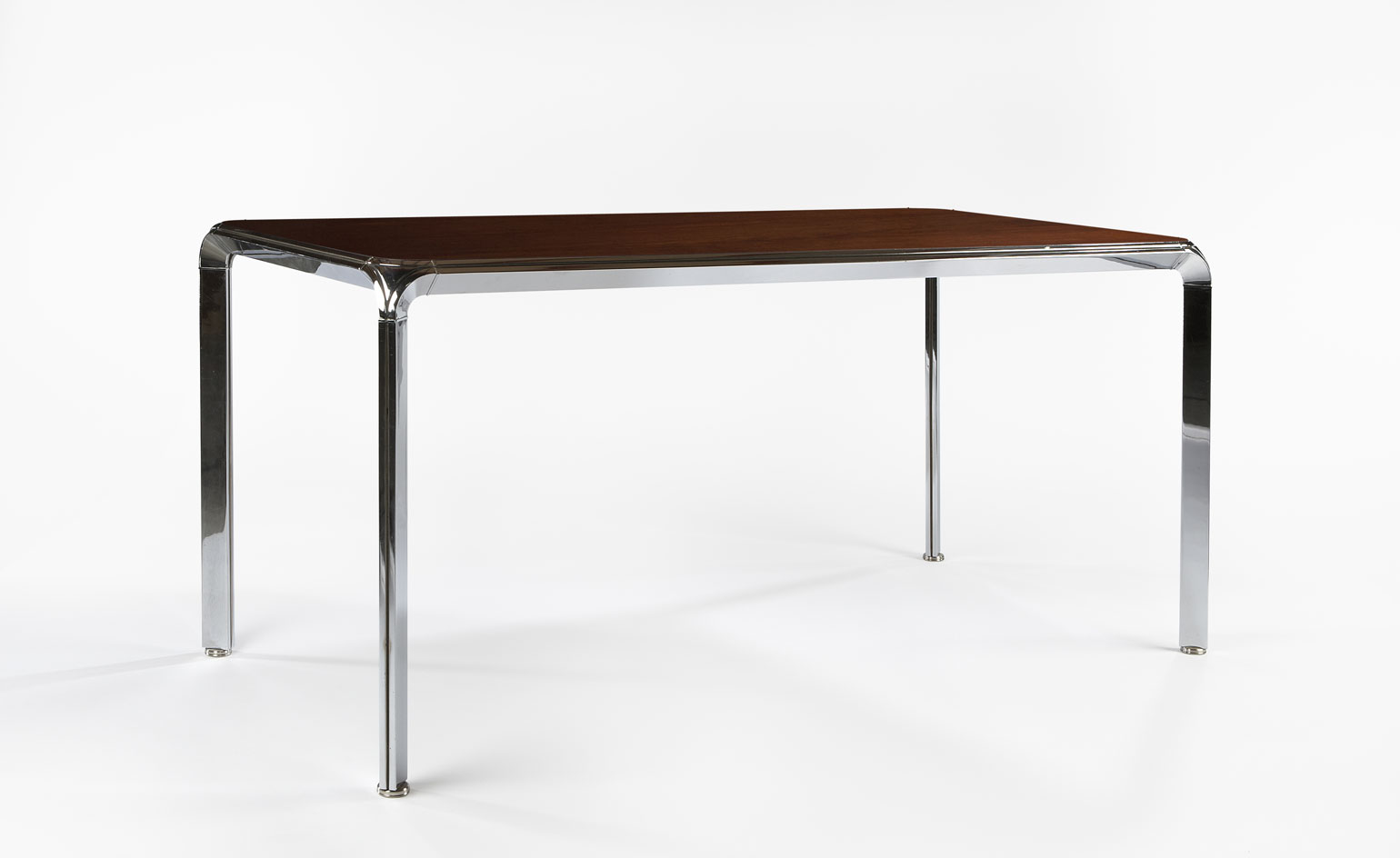
'Strafor' desk of 1973, made of African etimoe wood and chromed metal
ADDRESS
Demisch Danant
542 West 22nd Street
New York
NY 10011
Receive our daily digest of inspiration, escapism and design stories from around the world direct to your inbox.
Pei-Ru Keh is a former US Editor at Wallpaper*. Born and raised in Singapore, she has been a New Yorker since 2013. Pei-Ru held various titles at Wallpaper* between 2007 and 2023. She reports on design, tech, art, architecture, fashion, beauty and lifestyle happenings in the United States, both in print and digitally. Pei-Ru took a key role in championing diversity and representation within Wallpaper's content pillars, actively seeking out stories that reflect a wide range of perspectives. She lives in Brooklyn with her husband and two children, and is currently learning how to drive.
-
 Arbour House is a north London home that lies low but punches high
Arbour House is a north London home that lies low but punches highArbour House by Andrei Saltykov is a low-lying Crouch End home with a striking roof structure that sets it apart
-
 25 of the best beauty launches of 2025, from transformative skincare to offbeat scents
25 of the best beauty launches of 2025, from transformative skincare to offbeat scentsWallpaper* beauty editor Mary Cleary selects her beauty highlights of the year, spanning skincare, fragrance, hair and body care, make-up and wellness
-
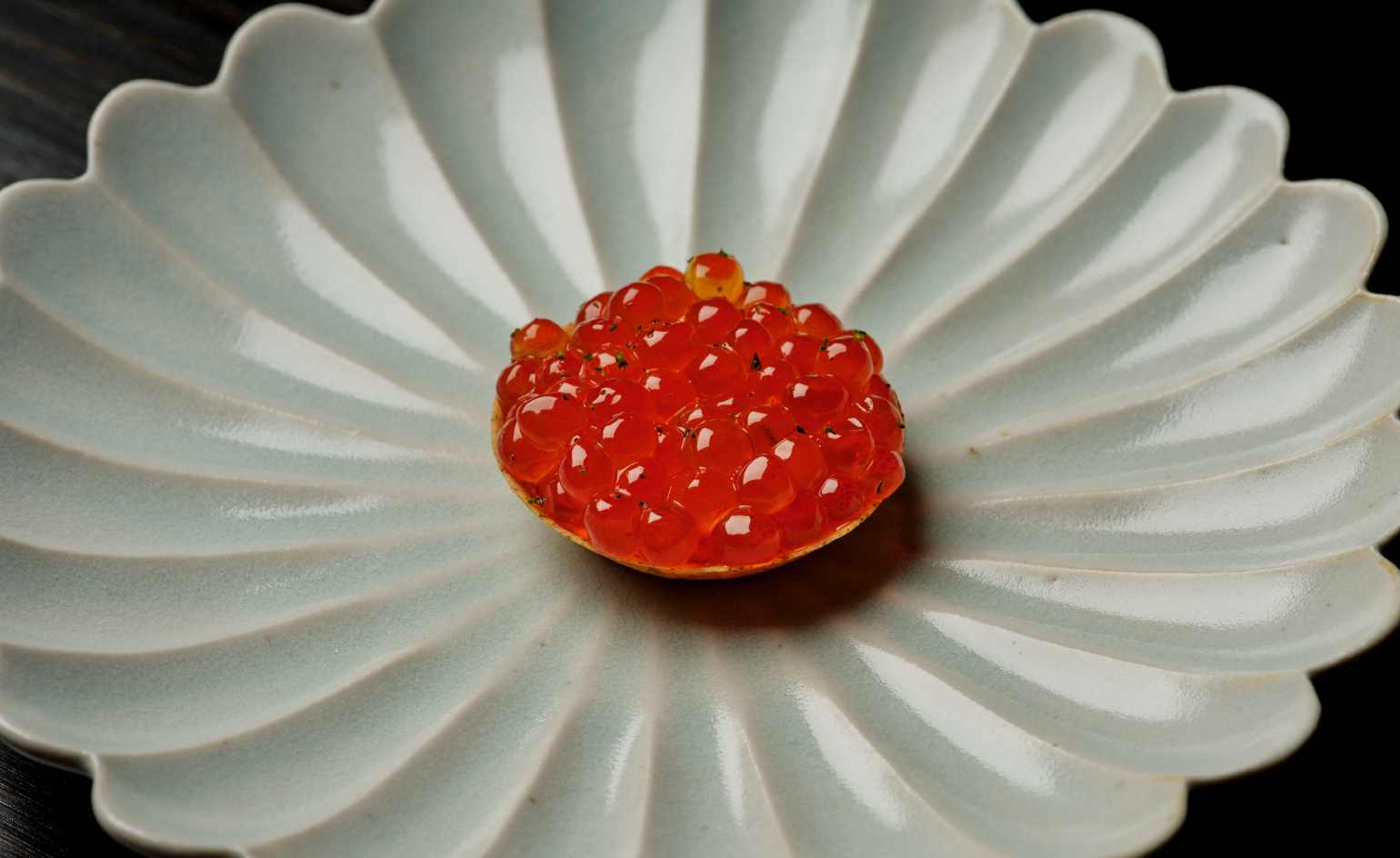 This cult Los Angeles pop-up restaurant now has a permanent address
This cult Los Angeles pop-up restaurant now has a permanent addressChef Brian Baik’s Corridor 109 makes its permanent debut in Melrose Hill. No surprise, it's now one of the hardest tables in town to book
-
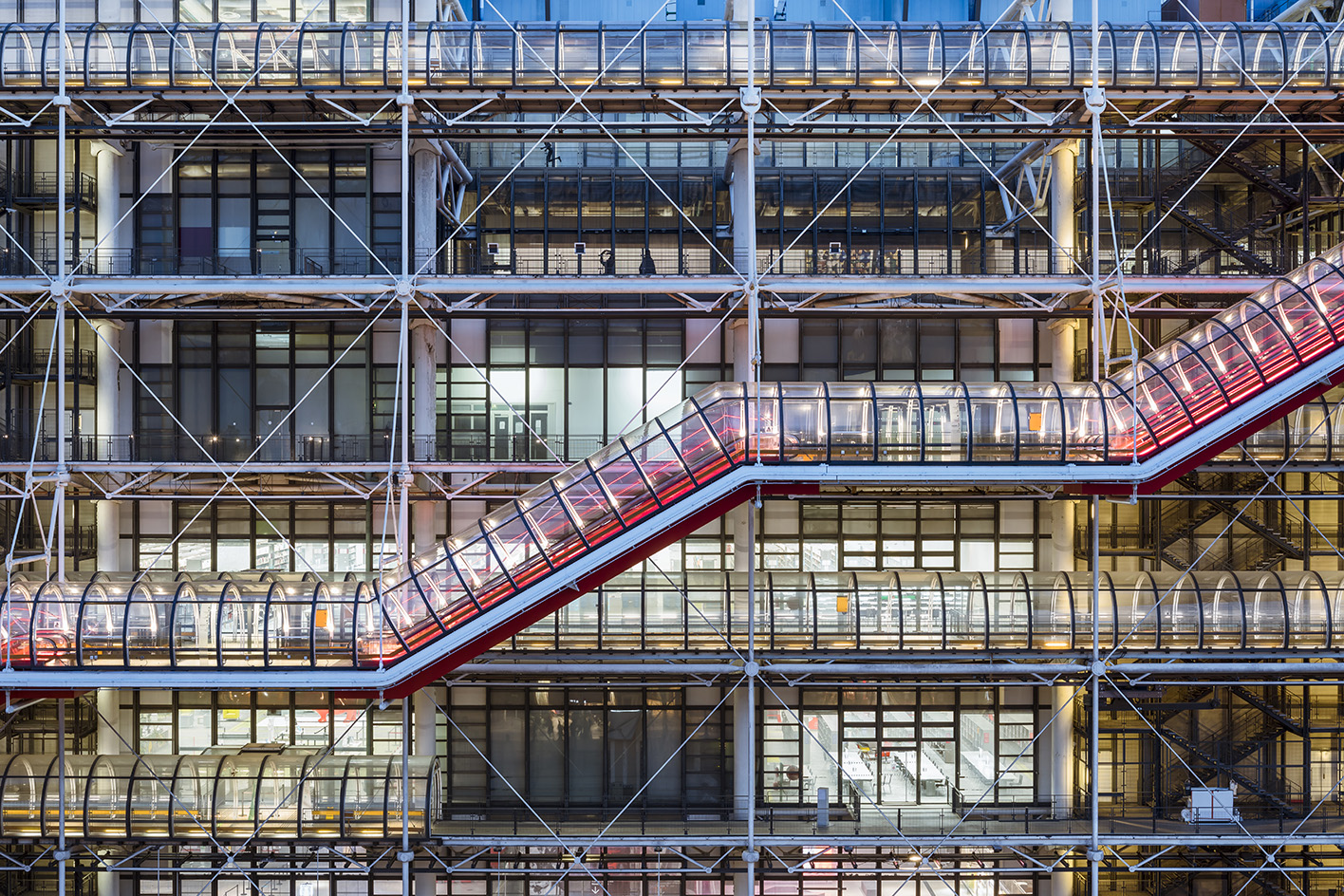 Inside the Centre Pompidou's last hoorah
Inside the Centre Pompidou's last hoorahAfter shutting its doors for five years of renovations, French record label Because Music saw the empty site as the perfect space for its 20th anniversary celebrations
-
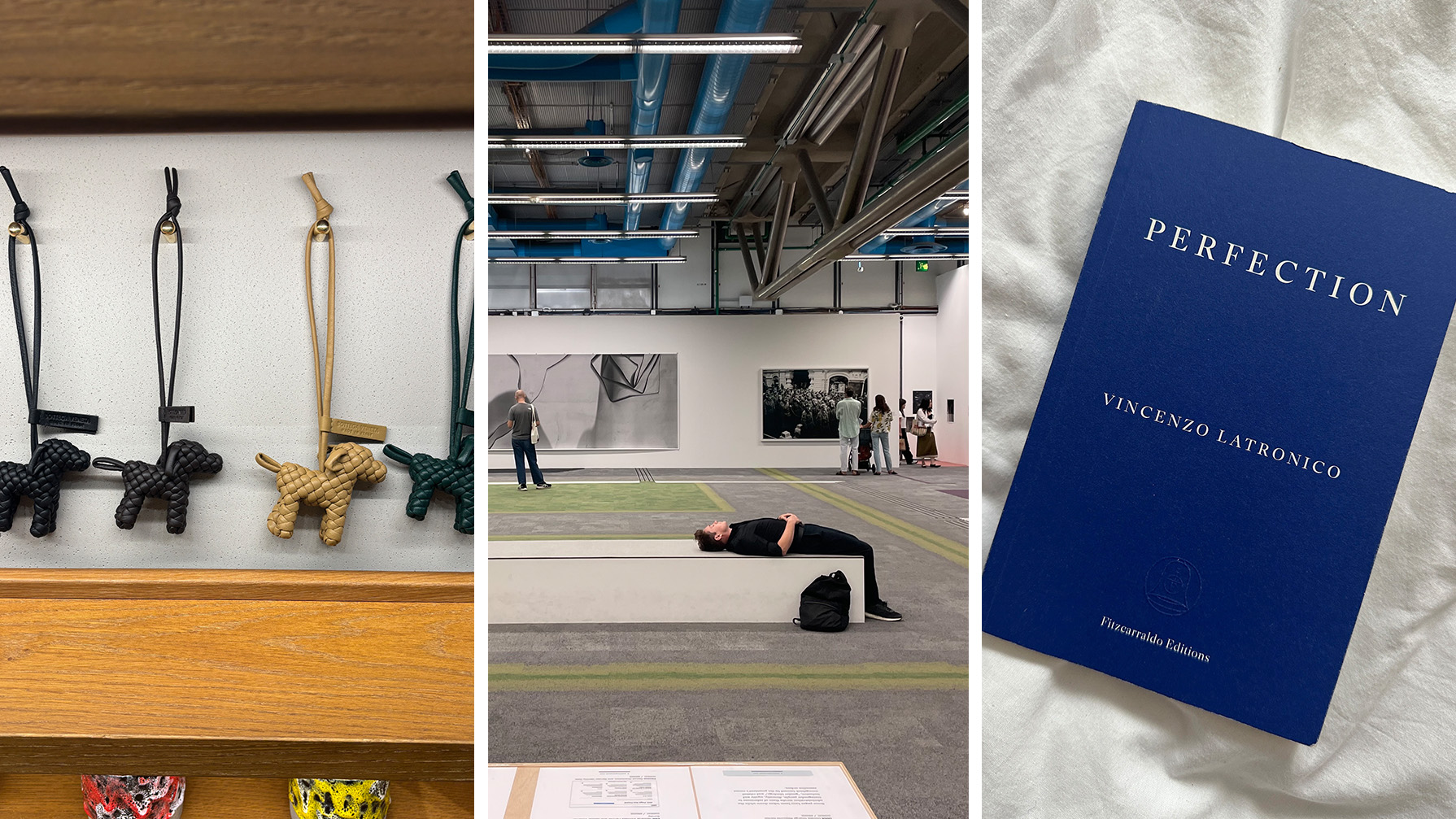 Out of office: the Wallpaper* editors’ picks of the week
Out of office: the Wallpaper* editors’ picks of the weekWith the return of back-to-school, it's back to business for the Wallpaper* team, who’ve been making the rounds at fashion pop-ups and pavilion launches. Elsewhere, we’ve been indulging in new literature and old restaurants, and taking in a farewell exhibition at a landmark gallery...
-
 A new Björk installation arrives at Centre Pompidou
A new Björk installation arrives at Centre PompidouAn immersive sound piece by Björk and Aleph brings AI and ecological art together at the Centre Pompidou in Paris
-
 New monograph explores 60 years of influential comic art
New monograph explores 60 years of influential comic artPublished to accompany a new exhibition at Paris’ Centre Pompidou, ‘Comics 1964-2024’ is a must for neophytes and aficionados of the graphic novel
-
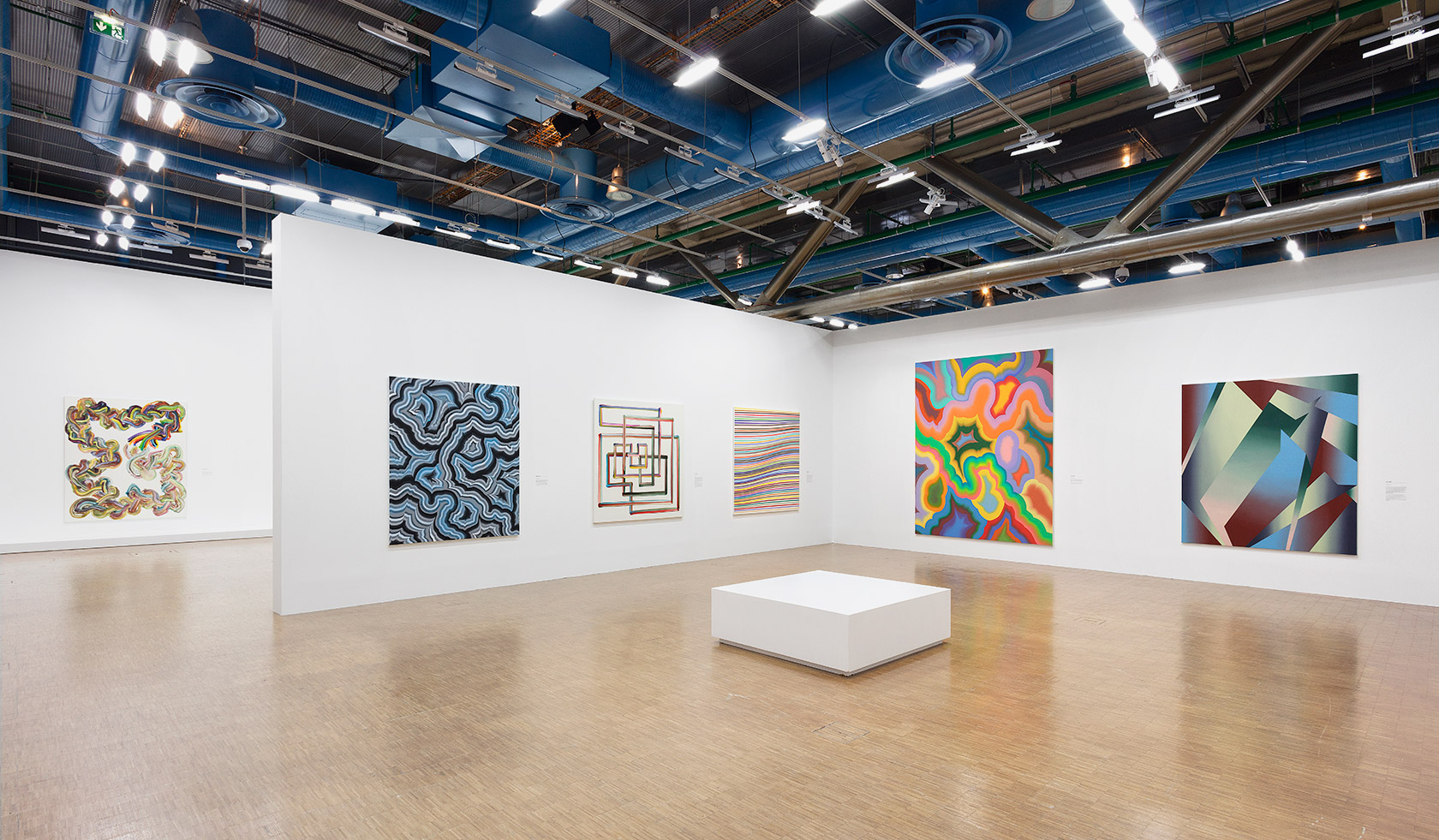 A double bill of Bernard Frize hits all the right notes
A double bill of Bernard Frize hits all the right notesIt’s been over a decade since the artist last exhibited in France. Now, a duo of Paris exhibitions at Perrotin and Centre Pompidou are casting his four decades-long painting practice in a new light
-
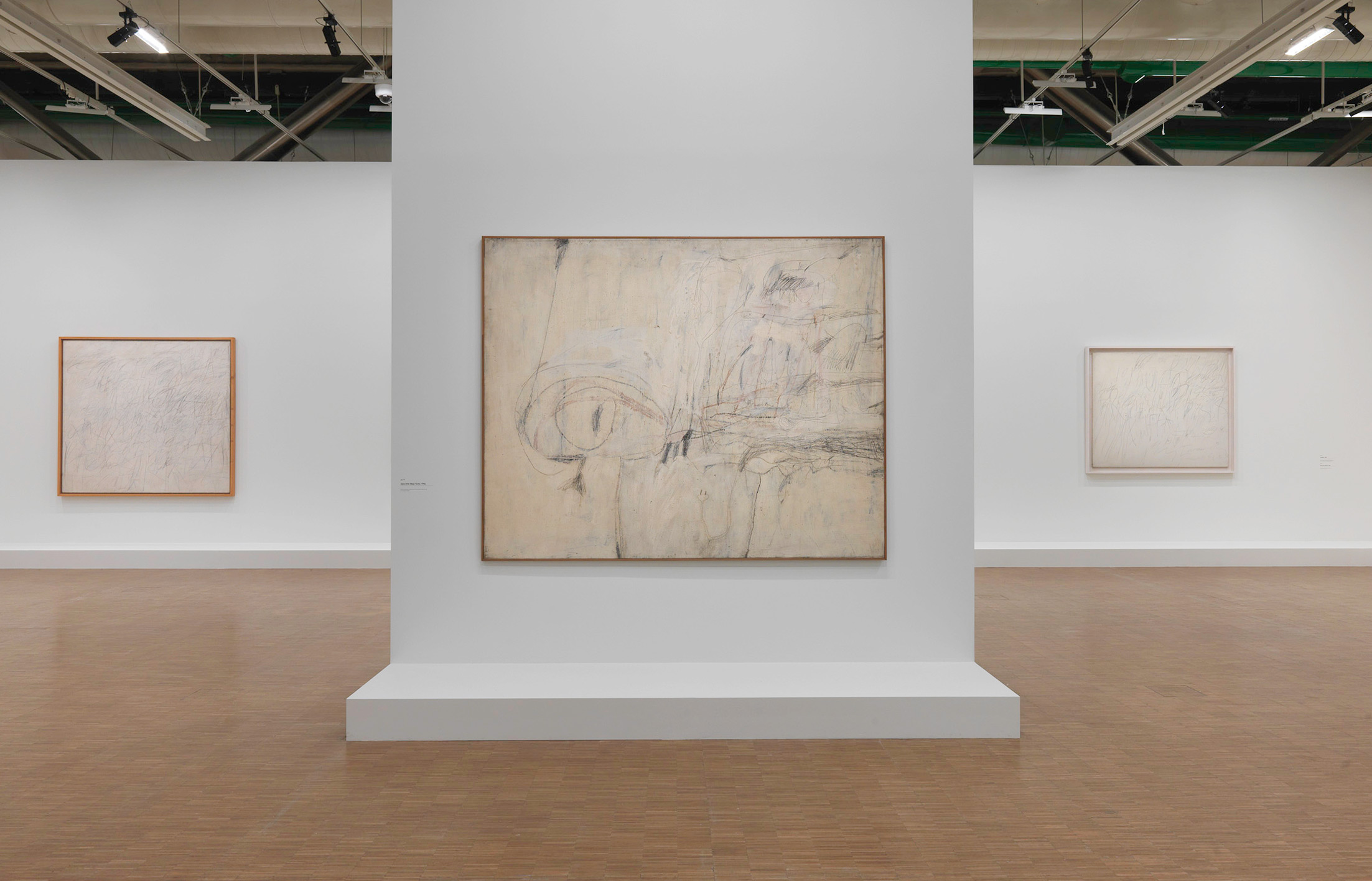 A definitive Cy Twombly retrospective reasserts his status as a modern master
A definitive Cy Twombly retrospective reasserts his status as a modern master -
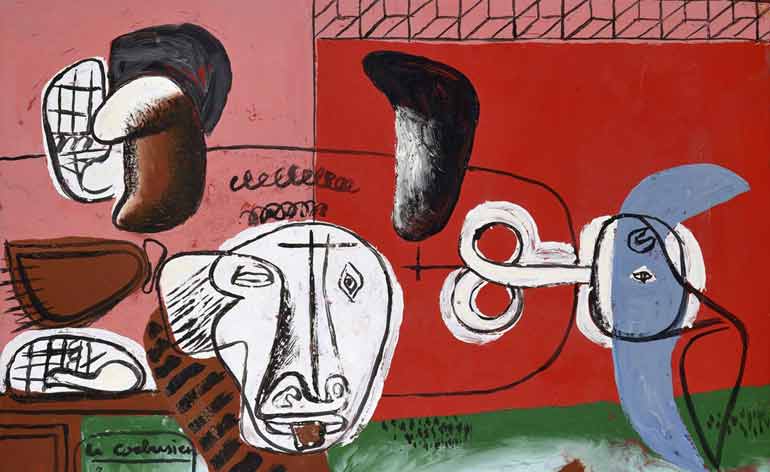 Le Corbusier, remembered: Paris celebrates an icon of modernism with a trio of exhibitions
Le Corbusier, remembered: Paris celebrates an icon of modernism with a trio of exhibitions